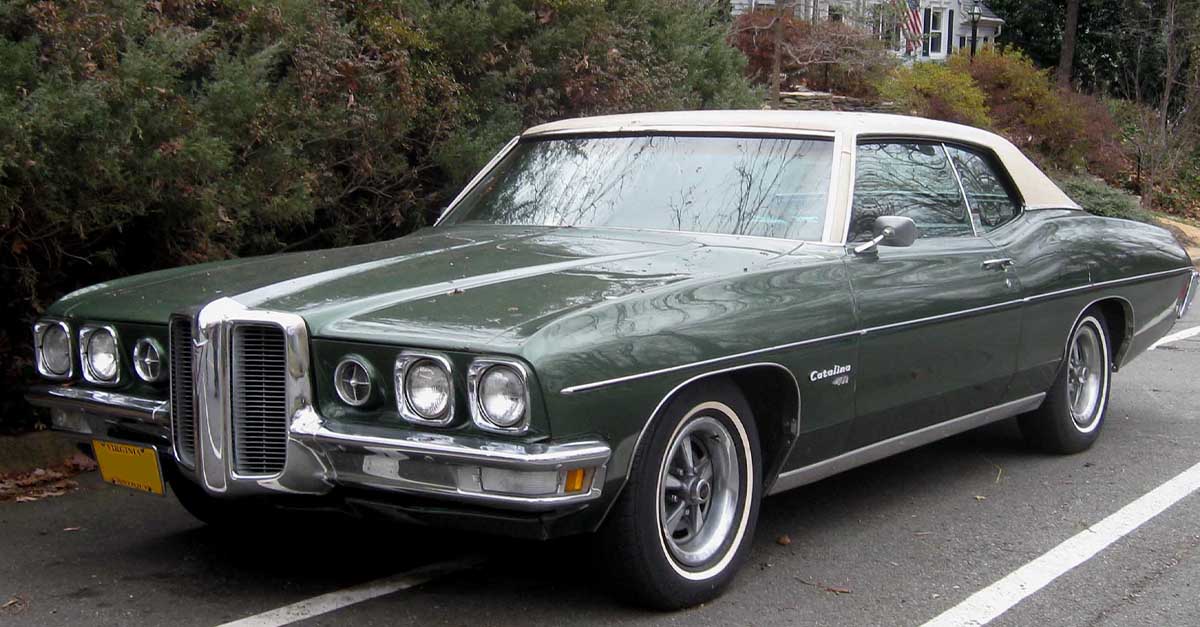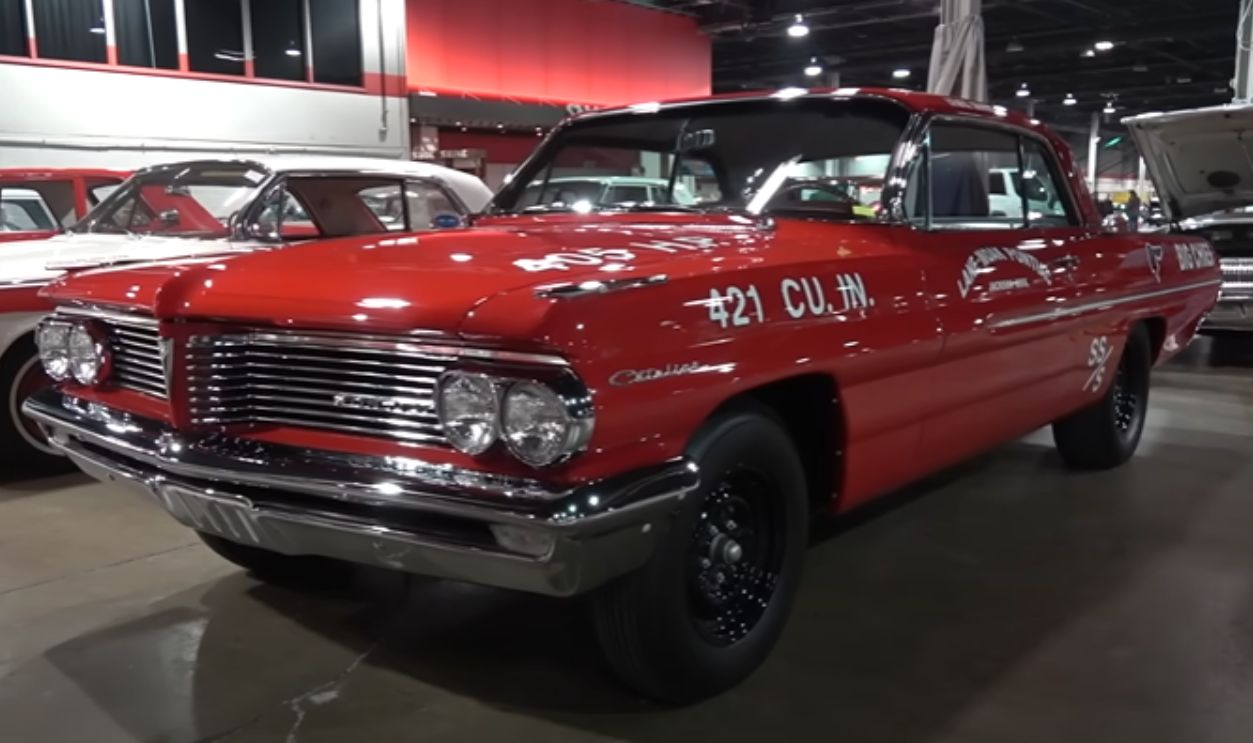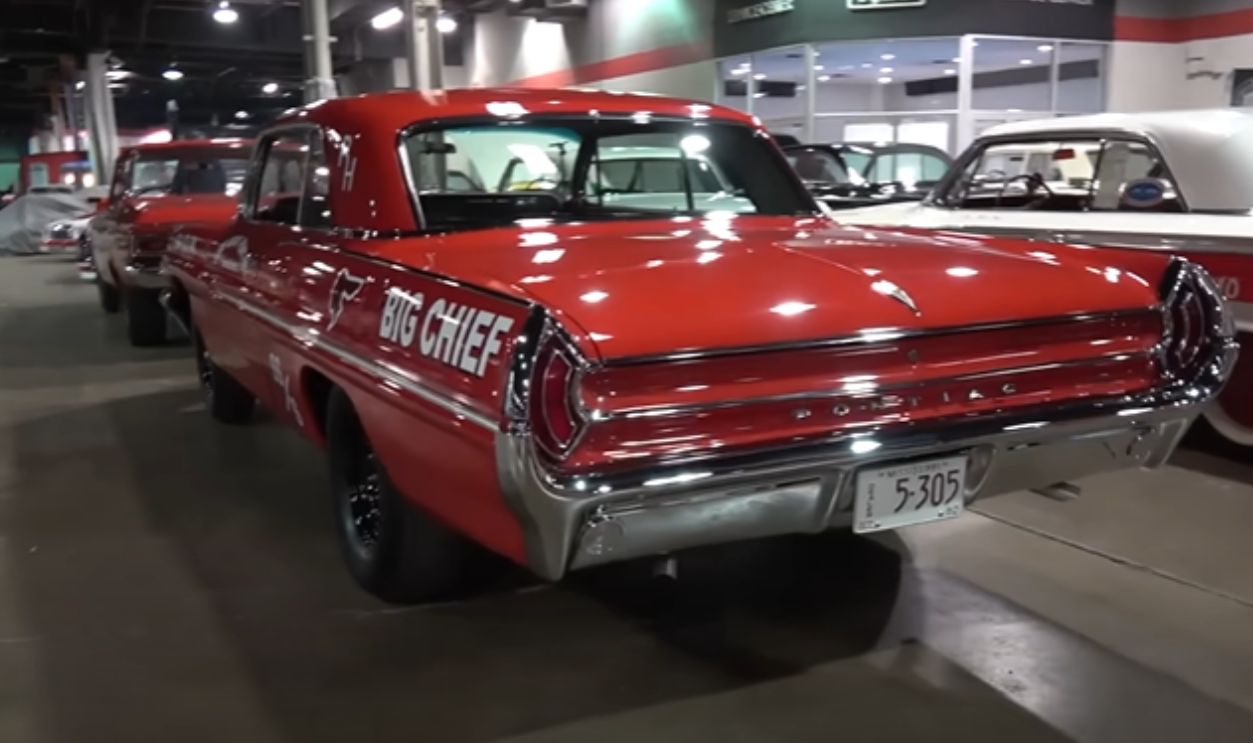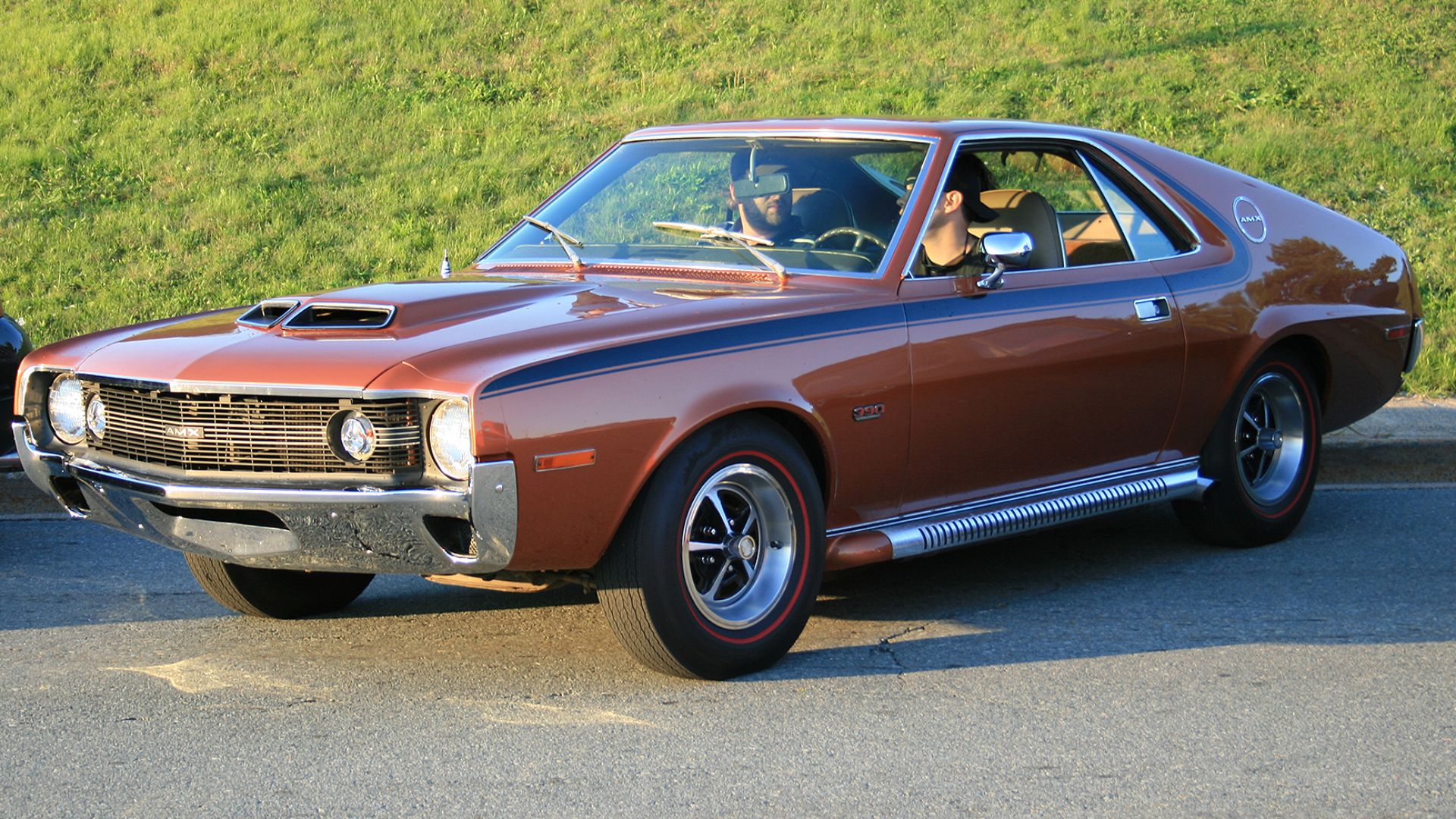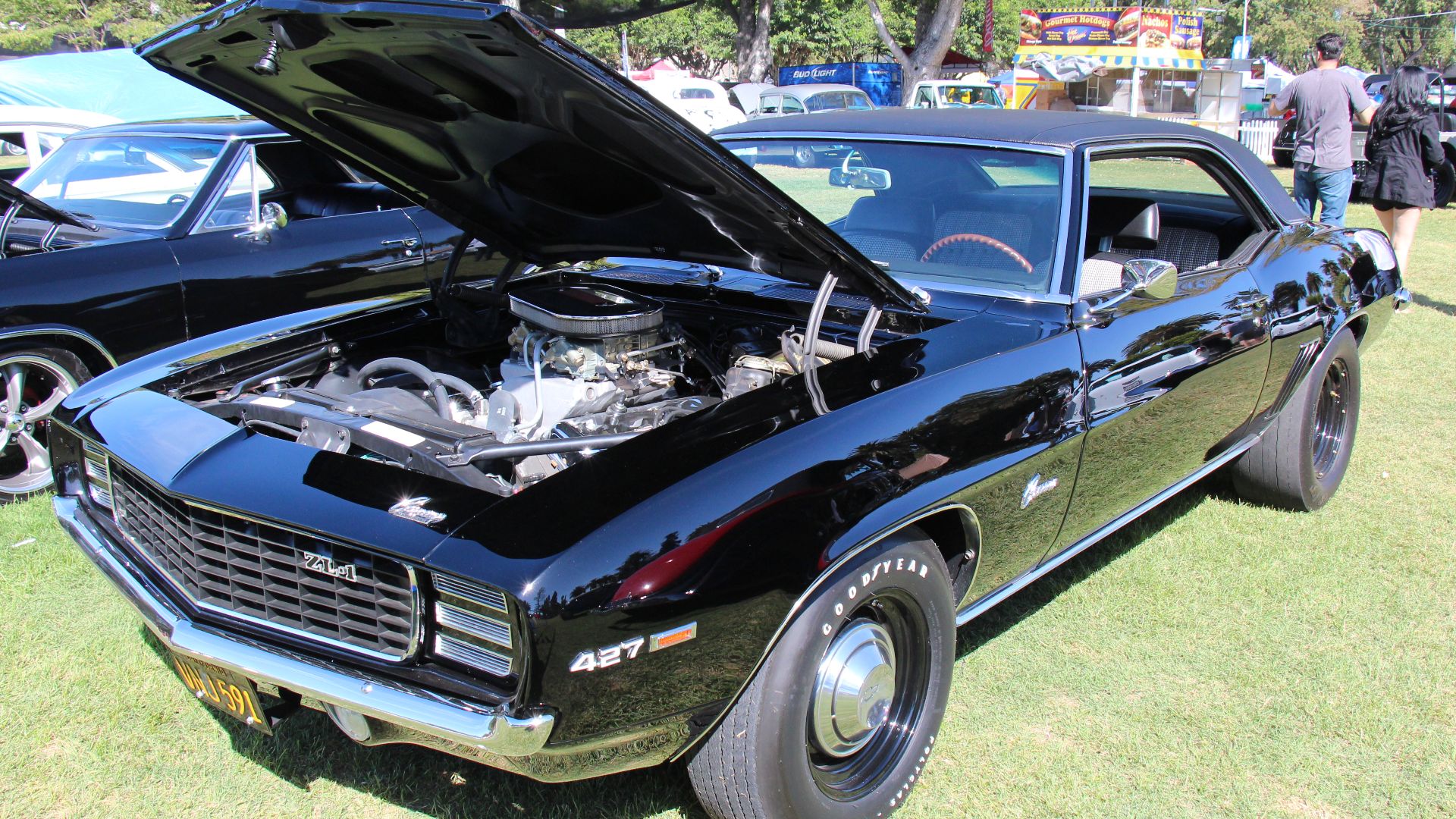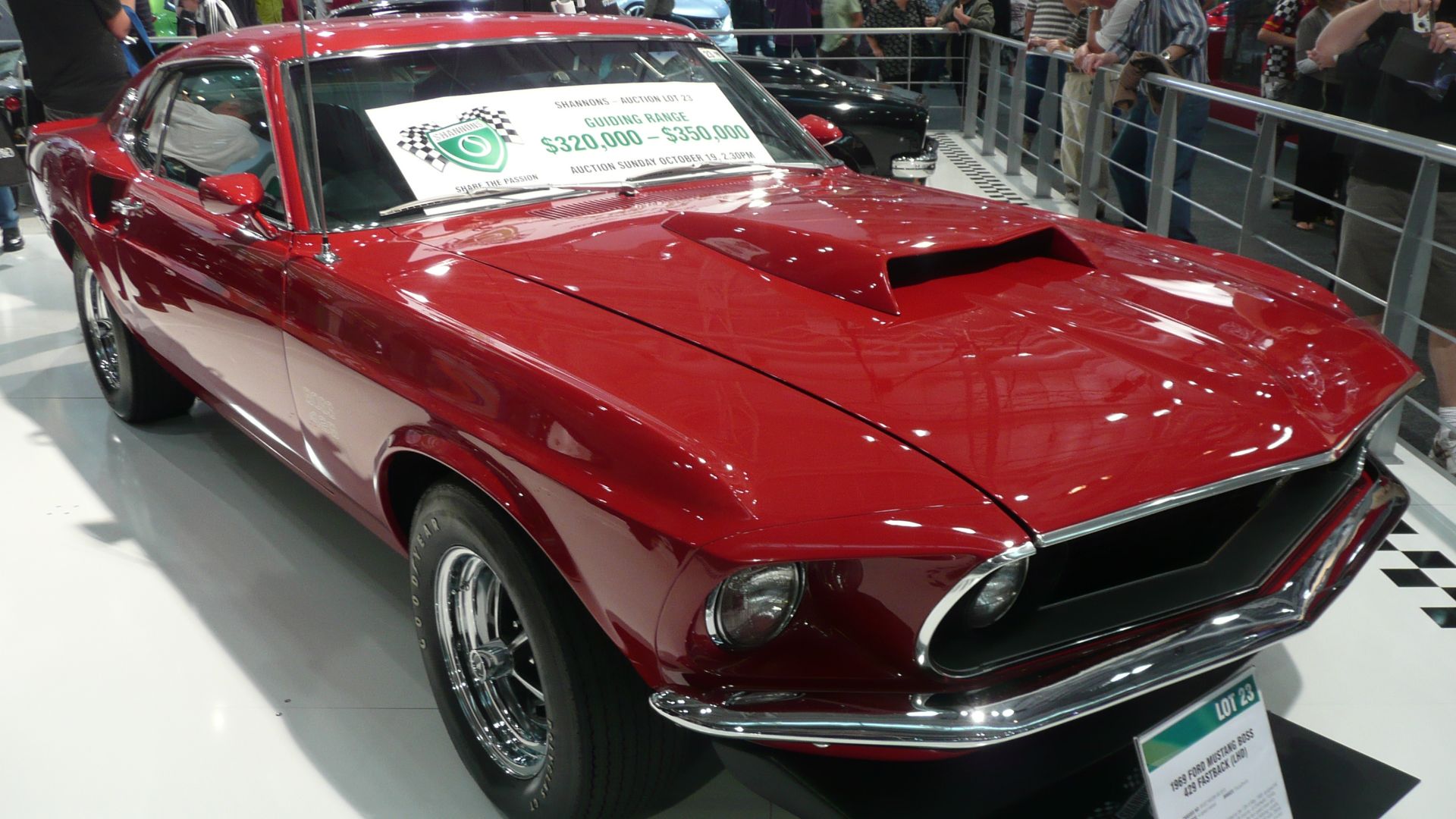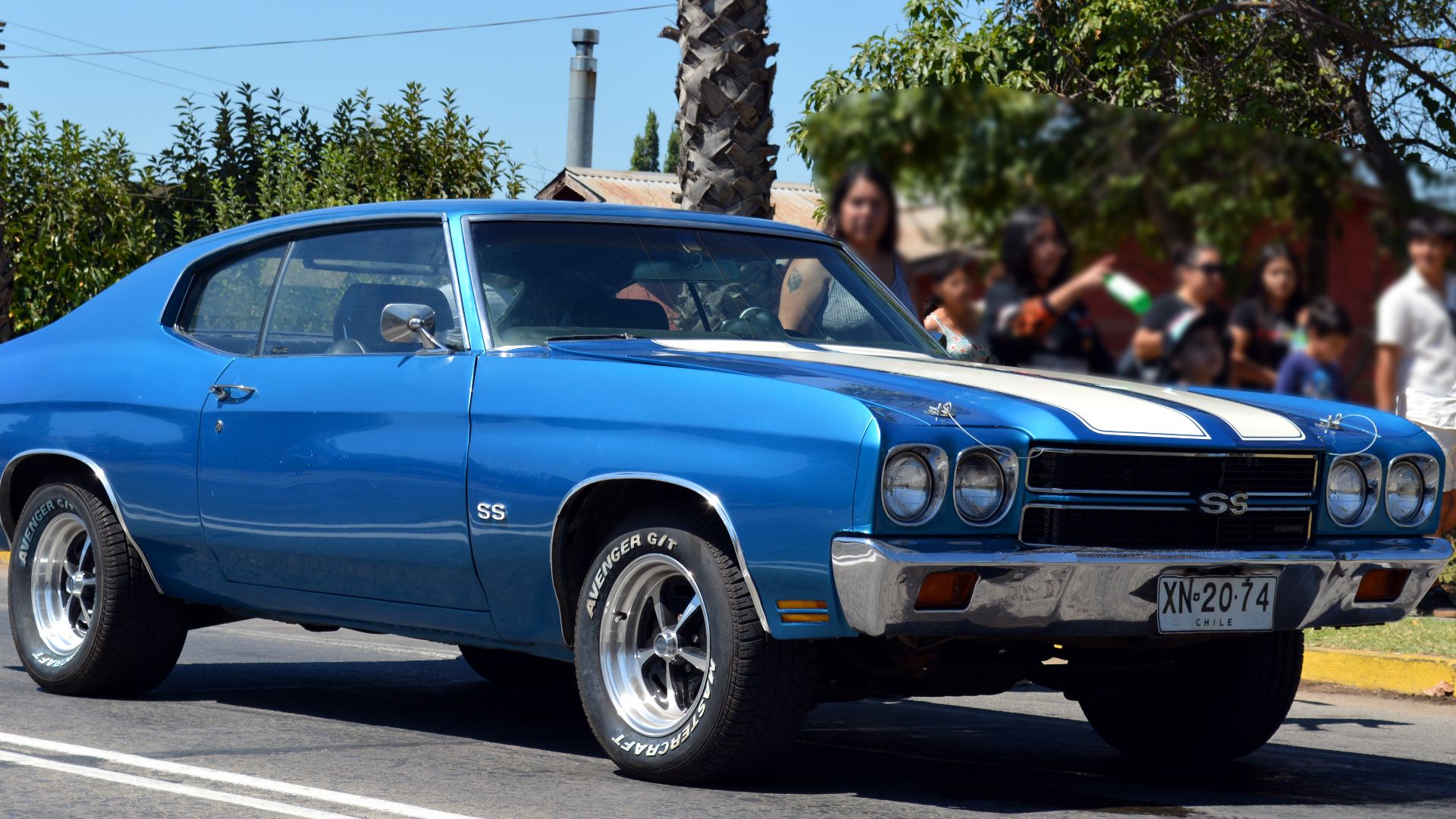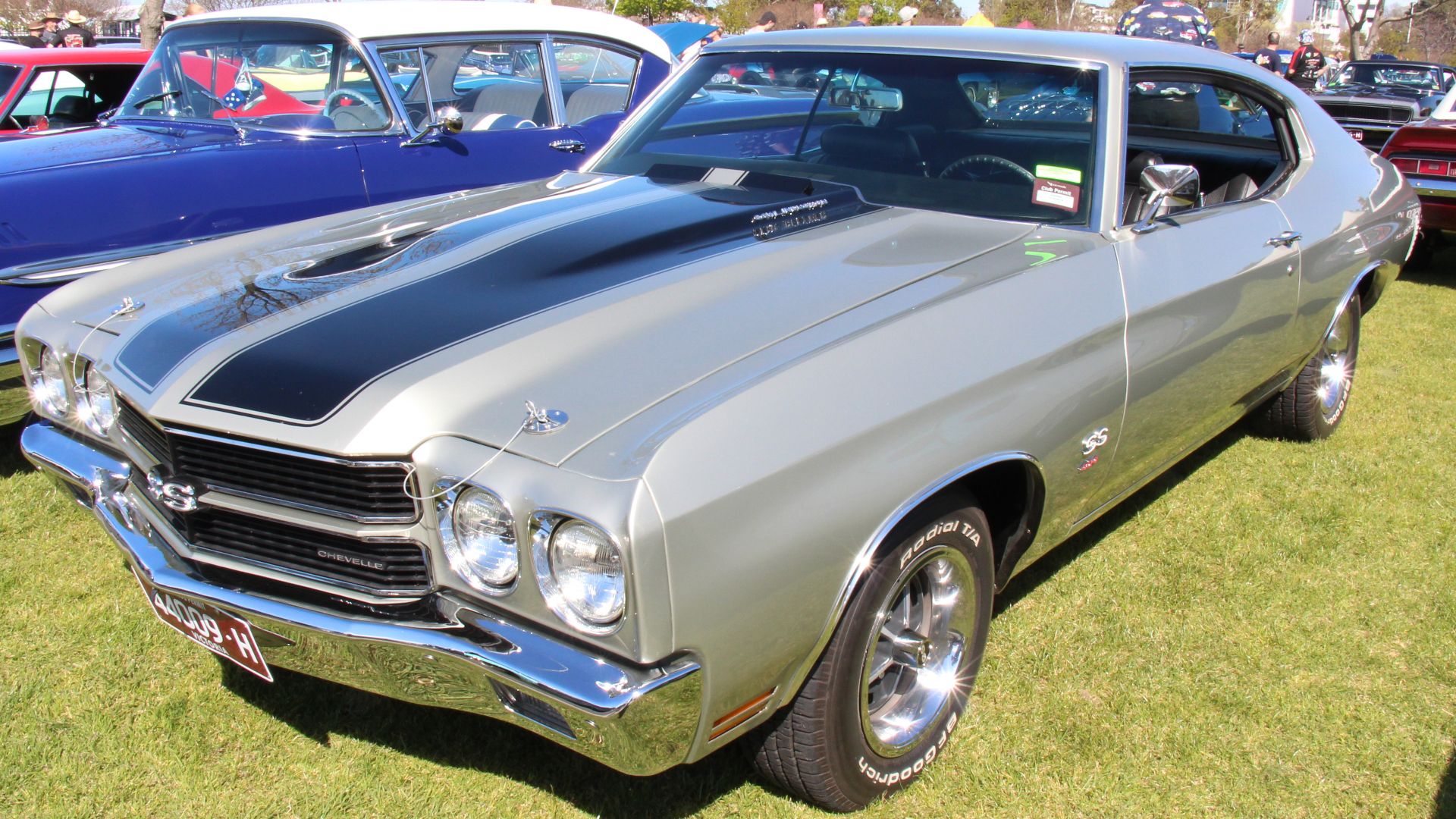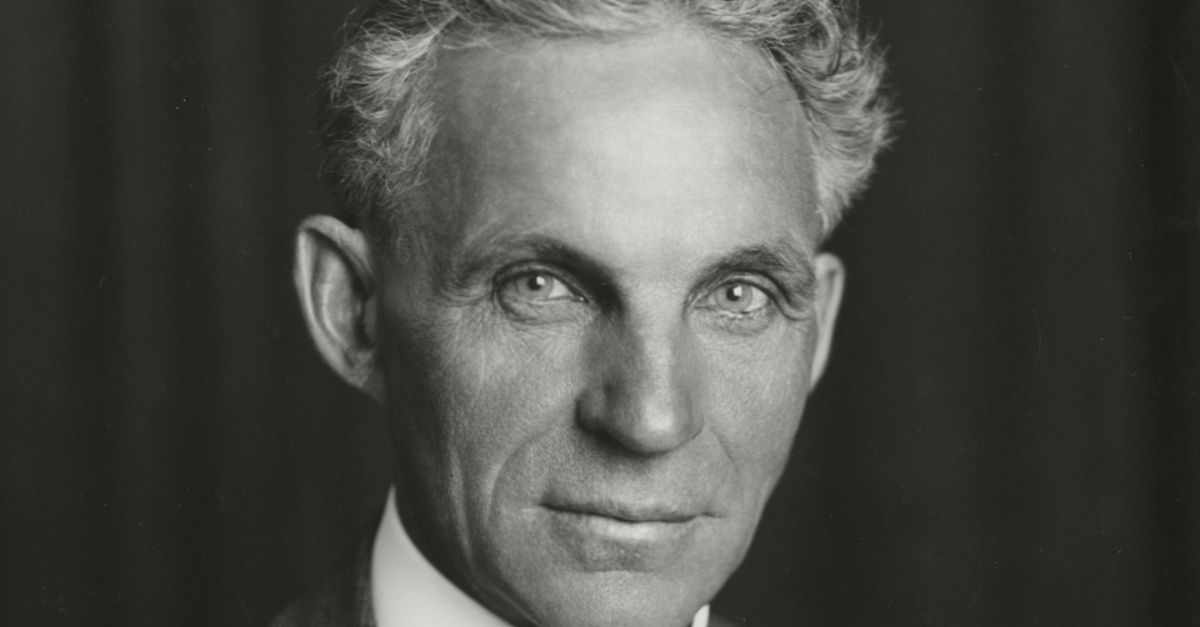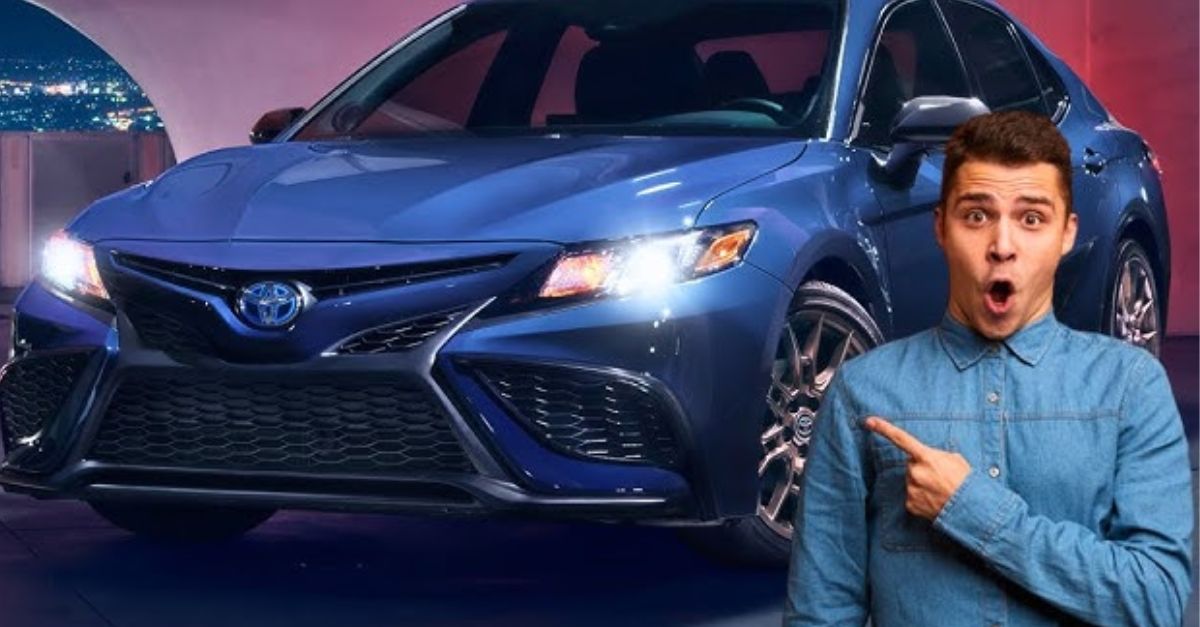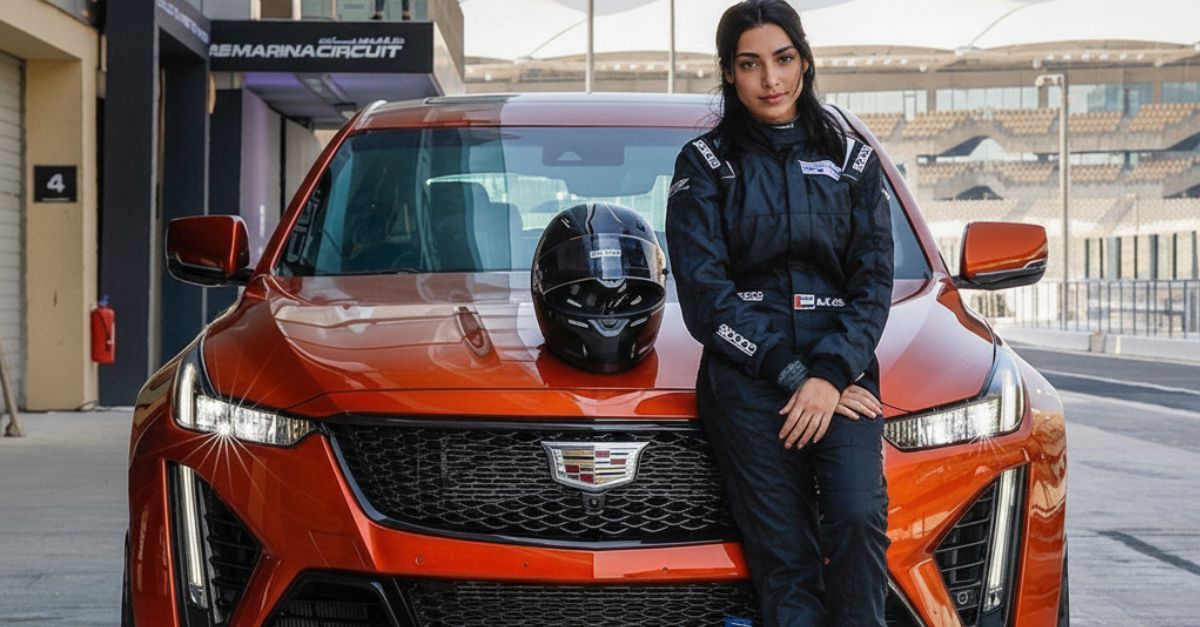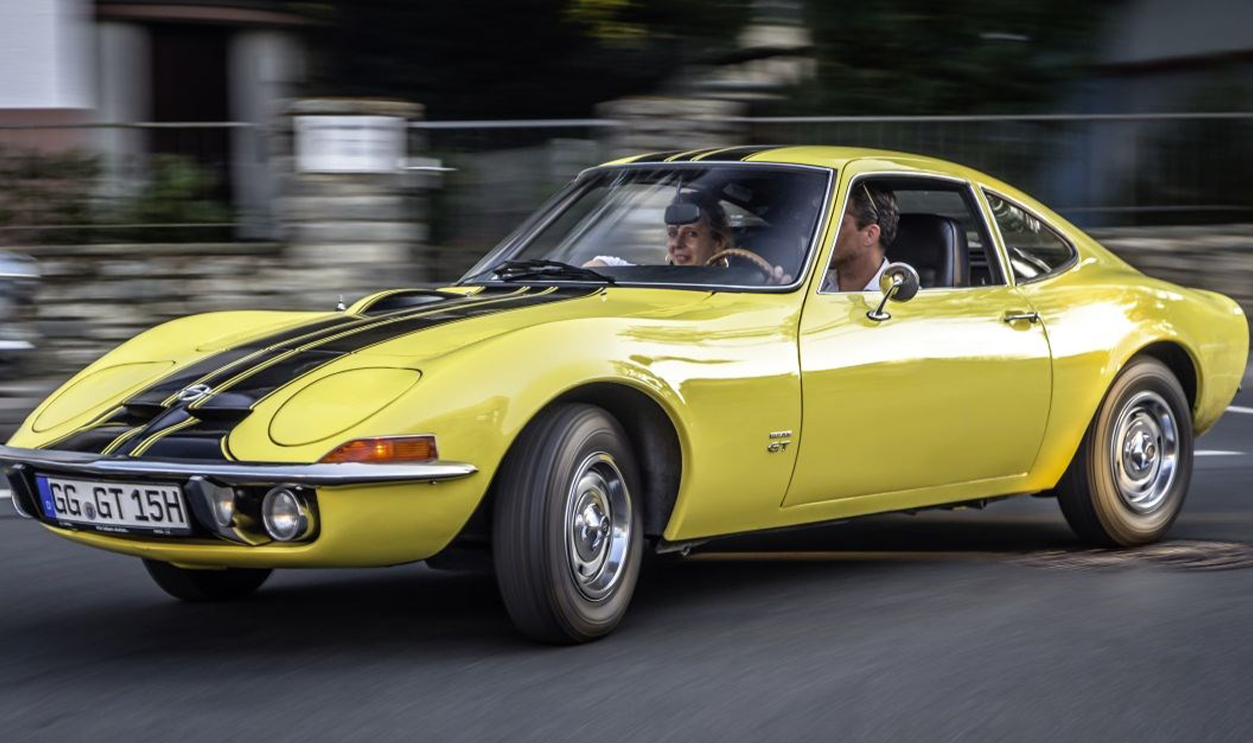The 1960s Muscle Boom
The 1960s decade cemented the muscle car as an unrelenting force in American automotive culture. They featured powerful V8 engines, aggressive styling, and low prices, delivering unmatched power for the time. The models here stand not only as testaments to engineering milestones, but as cultural icons during this high horsepower era.
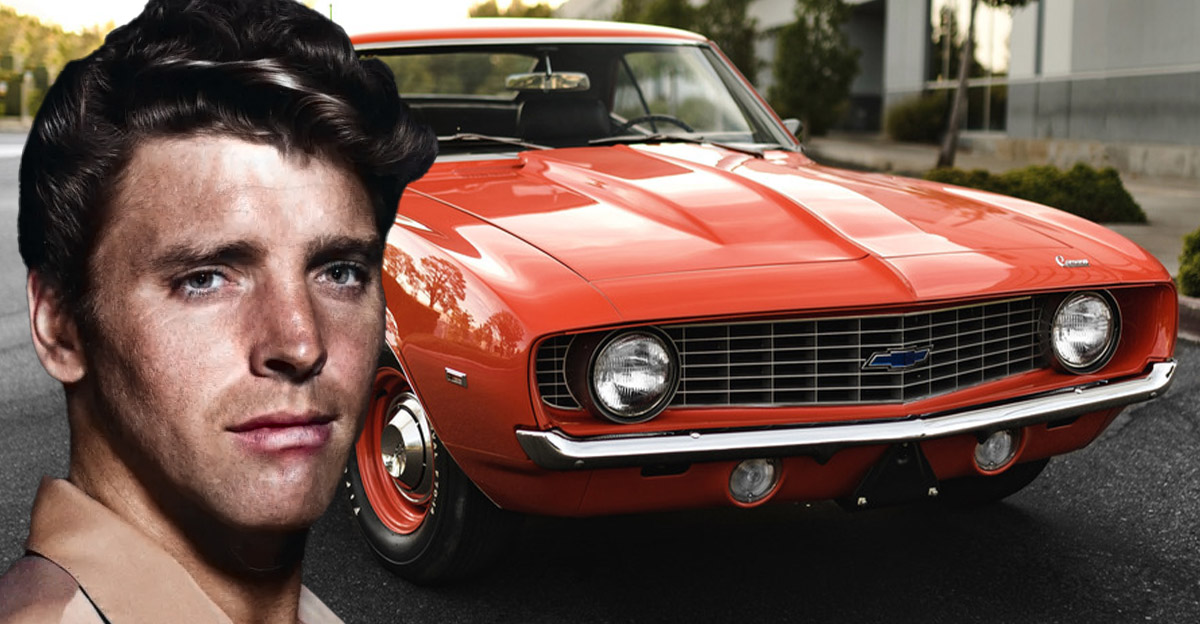
Pontiac Catalina Super Duty
The 1962 Pontiac Catalina Super Duty was a major advance in the evolution of muscle cars. With a 421 cu in (6.9 L) "Super Duty" V8 engine capable of 405 hp (although it was believed to make more than that) this car was built to do its job. Only around 162 examples were produced, and they featured aluminum front body pieces and other lightening that was intended for drag-strip victory.
Pontiac Catalina Super Duty (Cont’d)
Along with sheer power, the Catalina exhibited Pontiac's growing expertise in high-performance engineering. It featured forged steel internals, a stout cooling system, and four-bolt main bearings to last. The model's dominance of drag racing in the early 60s showed that it was possible to make drag-ready cars straight from the assembly line.
Plymouth Savoy Max Wedge
Initially available in 1963, the Plymouth Savoy with the Max Wedge engine package was a dominant force at NHRA Super Stock competition. Initially using a 413 cu in engine, later models adopted the 426 cu in Stage II and Stage III setups for as much as 425 horsepower. Given the relatively light midsize body, the Savoy produced its power in wicked straight-line acceleration.
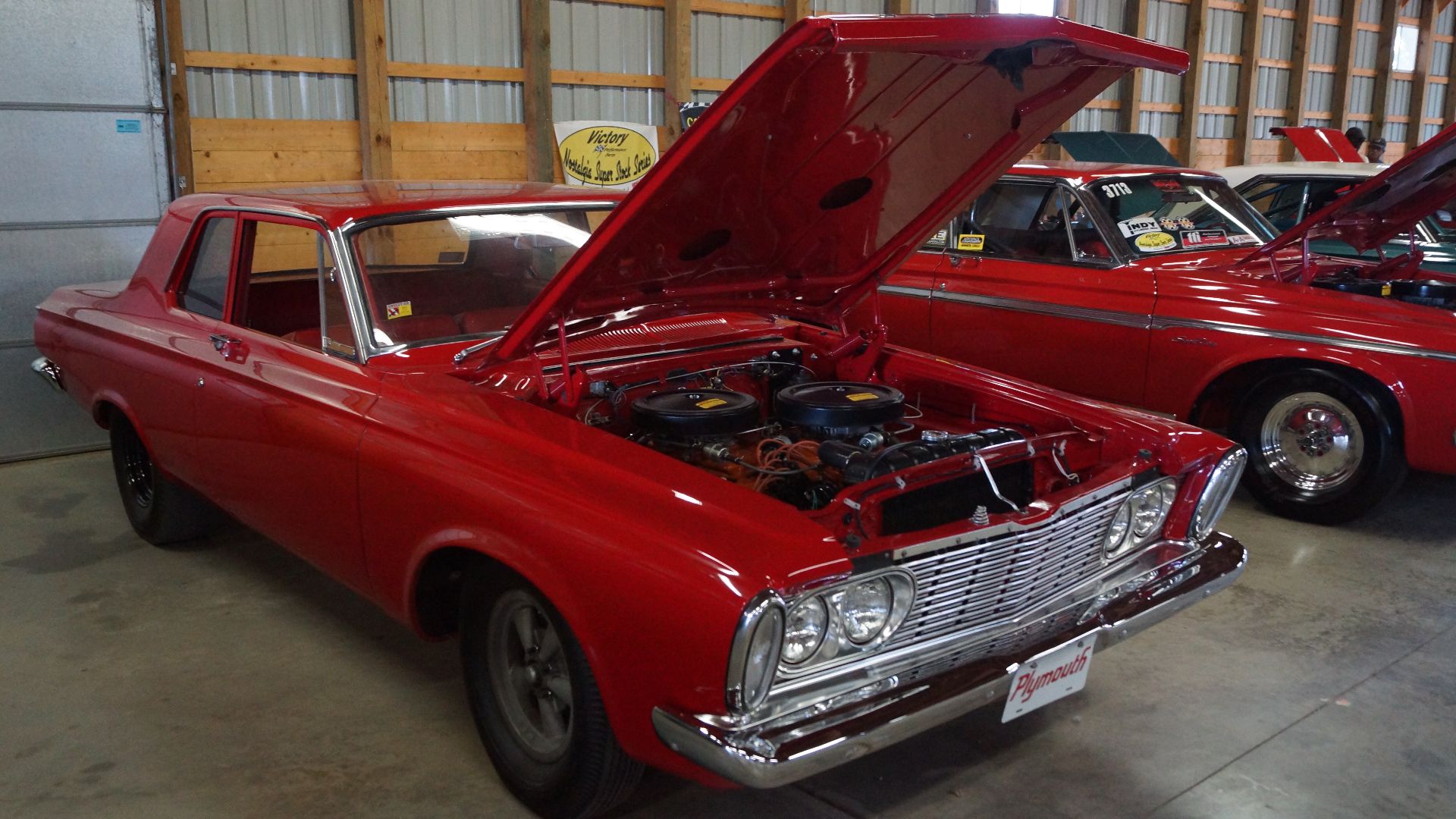 Greg Gjerdingen from Willmar, USA, Wikimedia Commons
Greg Gjerdingen from Willmar, USA, Wikimedia Commons
Plymouth Savoy Max Wedge (Cont’d)
The Max Wedge's success was in its specialty components, including a high-rise dual-quad intake manifold, crazy cam profiles, and free-breathing exhaust systems. Made in low volumes—less than 300 annually—these cars were aimed directly at racers who wanted a turnkey competitive car.
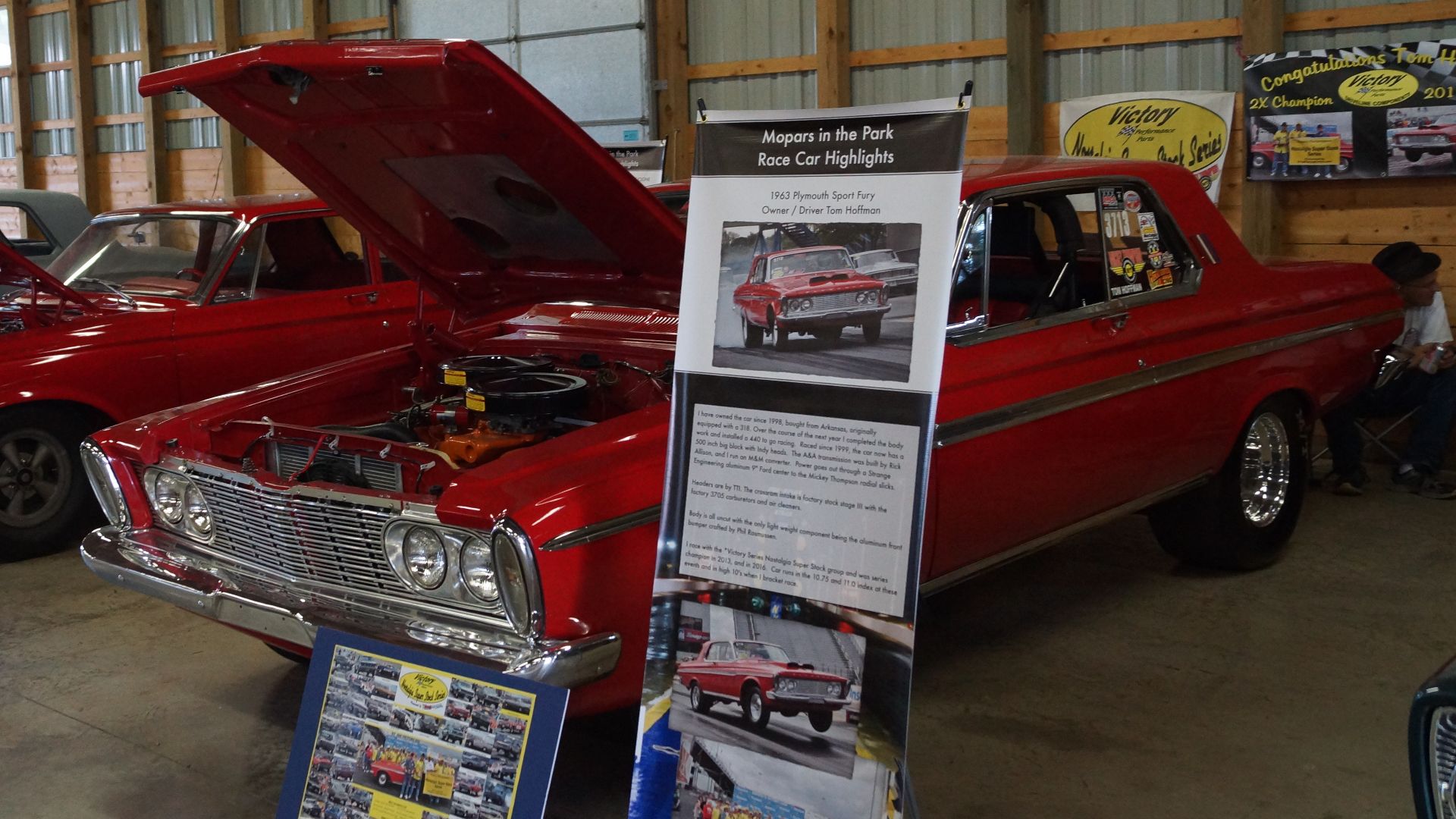 Greg Gjerdingen from Willmar, USA, Wikimedia Commons
Greg Gjerdingen from Willmar, USA, Wikimedia Commons
Ford Fairlane Thunderbolt
The 1964 Ford Fairlane Thunderbolt was a factory-designed drag car to dominate NHRA Super Stock competition. Powered by a 427 cu in FE-series V8 engine with a 425 hp rating, the Thunderbolt included extensive weight-saving techniques such as fiberglass fenders and hood, aluminum bumpers, and plexiglass windows. Only 100 were produced.
 PMDrive1061, Wikimedia Commons
PMDrive1061, Wikimedia Commons
Ford Fairlane Thunderbolt (Cont’d)
Performance figures were incredible for the time: mid-11-second quarter miles at close to 125 mph. Its combination of big-block strength in a midsize vehicle, and its immediate popularity on the drag strip, set a template numerous muscle cars would follow.
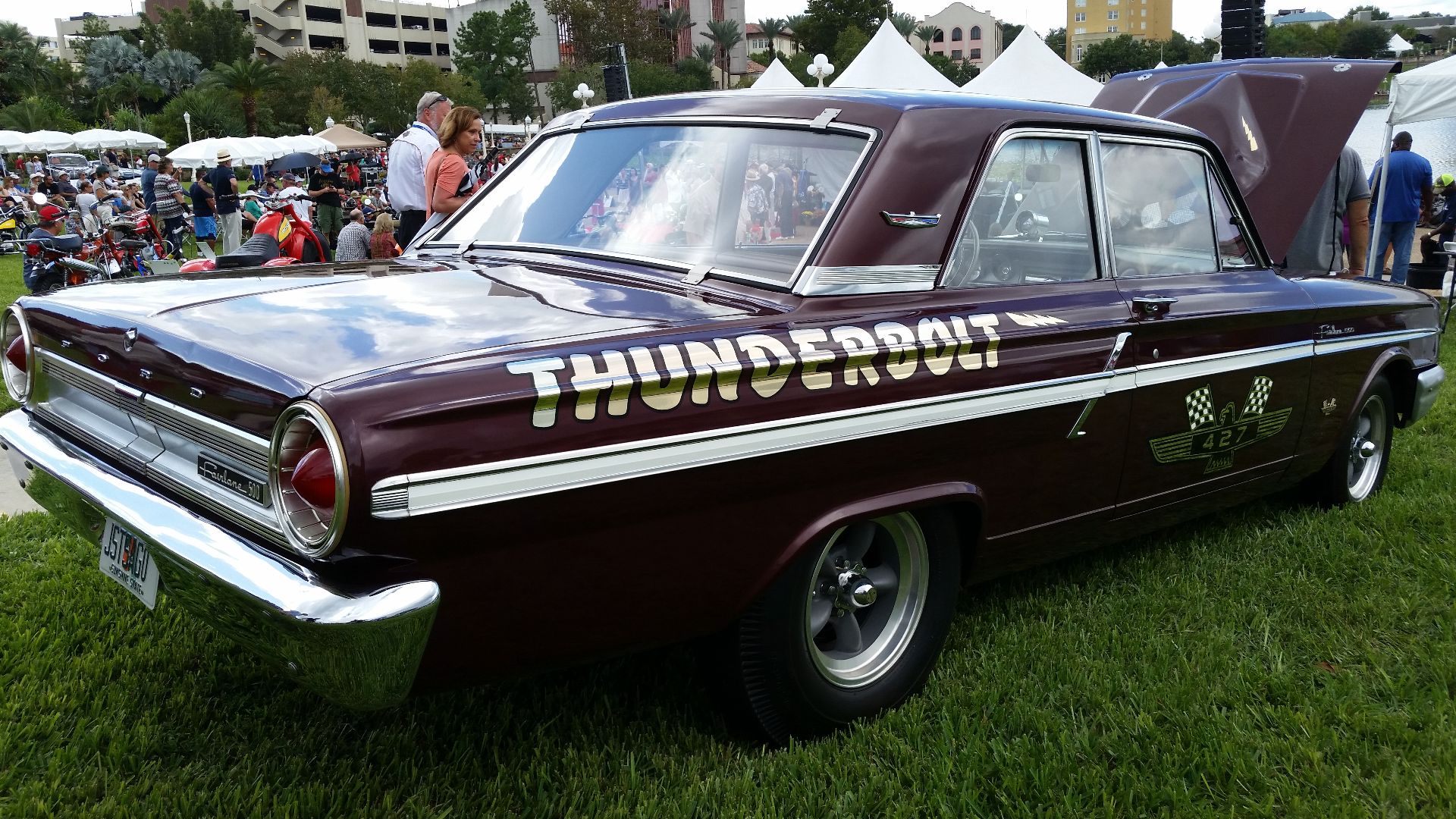 Michel Curi, Wikimedia Commons
Michel Curi, Wikimedia Commons
Pontiac GTO Tri-Power (1965)
The 1965 Pontiac GTO is perhaps the greatest muscle car ever made. Its optional "Tri-Power" engine combination had three two-barrel carburetors atop the 389 cu in V8, producing 360 hp. This combination gave incredible acceleration while still being drivable every day.
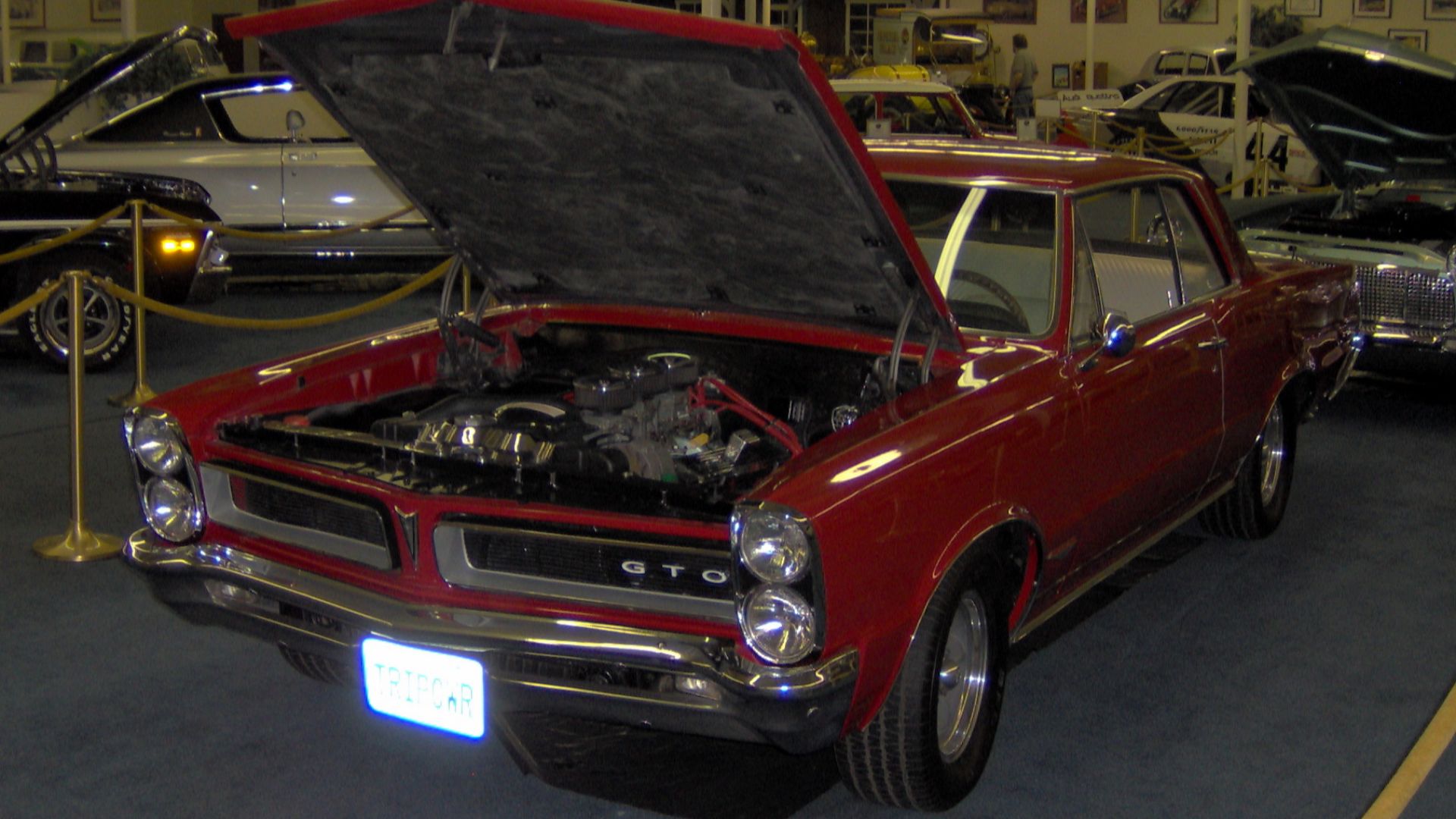 Stephen Foskett (Wikipedia User: sfoskett), Wikimedia Commons
Stephen Foskett (Wikipedia User: sfoskett), Wikimedia Commons
Pontiac GTO Tri-Power (1965) (Cont’d)
The GTO's sales success (over 75,000 in 1965) proved that a massive market for mid-sizers with large-displacement engines was out there. Styling touches during that year, including stacked headlights and more advanced suspension geometry, further added to its appeal and set the stage for the muscle car trend.
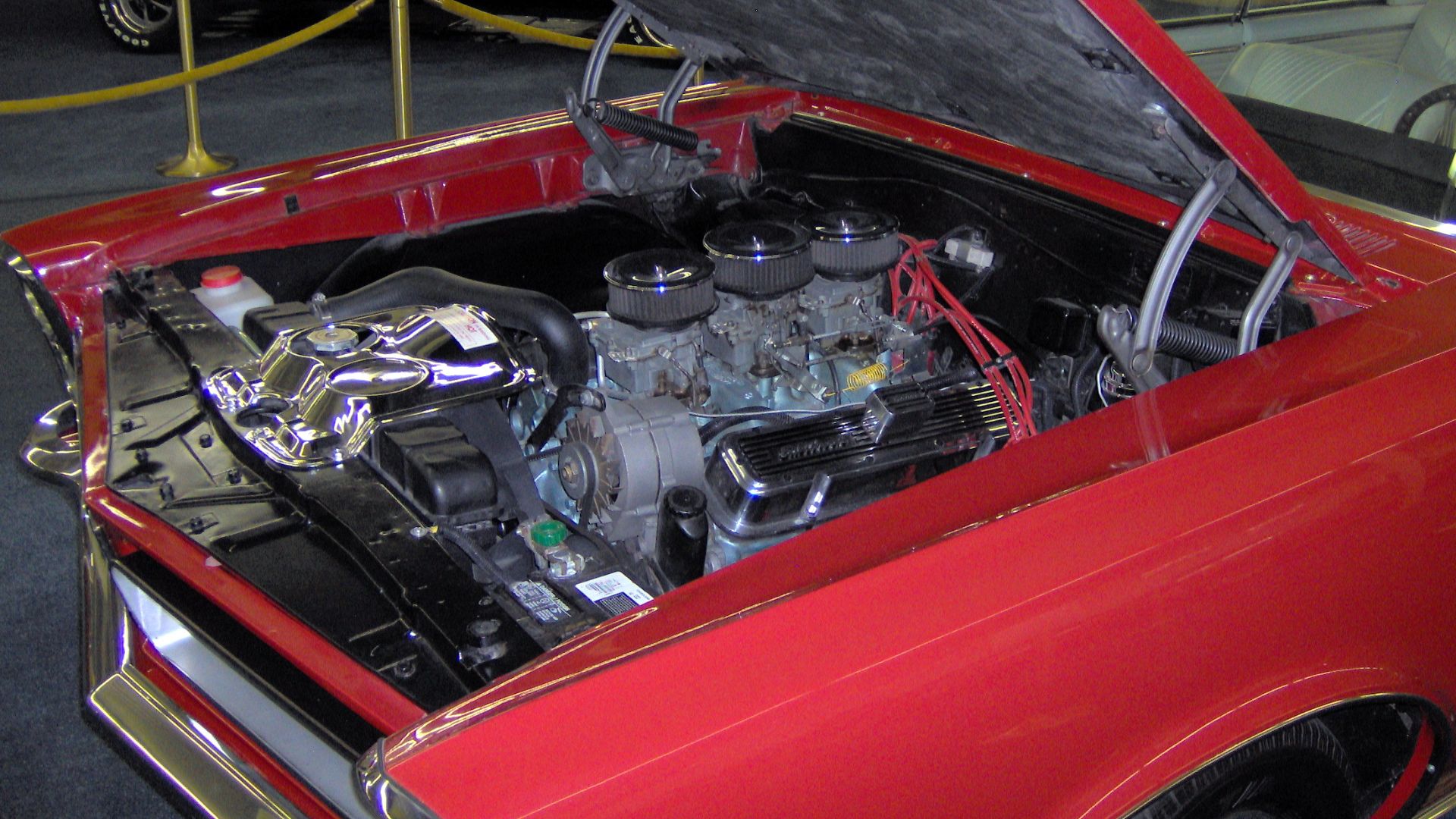 Stephen Foskett (Wikipedia User: sfoskett), Wikimedia Commons
Stephen Foskett (Wikipedia User: sfoskett), Wikimedia Commons
Dodge Coronet Street Hemi
The 1966 Dodge Coronet Street Hemi introduced Chrysler's iconic 426 cu in Hemi V8 to a street-legal production car. Officially rated at 425 hp, the Street Hemi was actually a detuned race engine, with hemispherical combustion chambers and giant valves for optimum airflow. Its strengthened driveline parts ensured durability under hard acceleration.
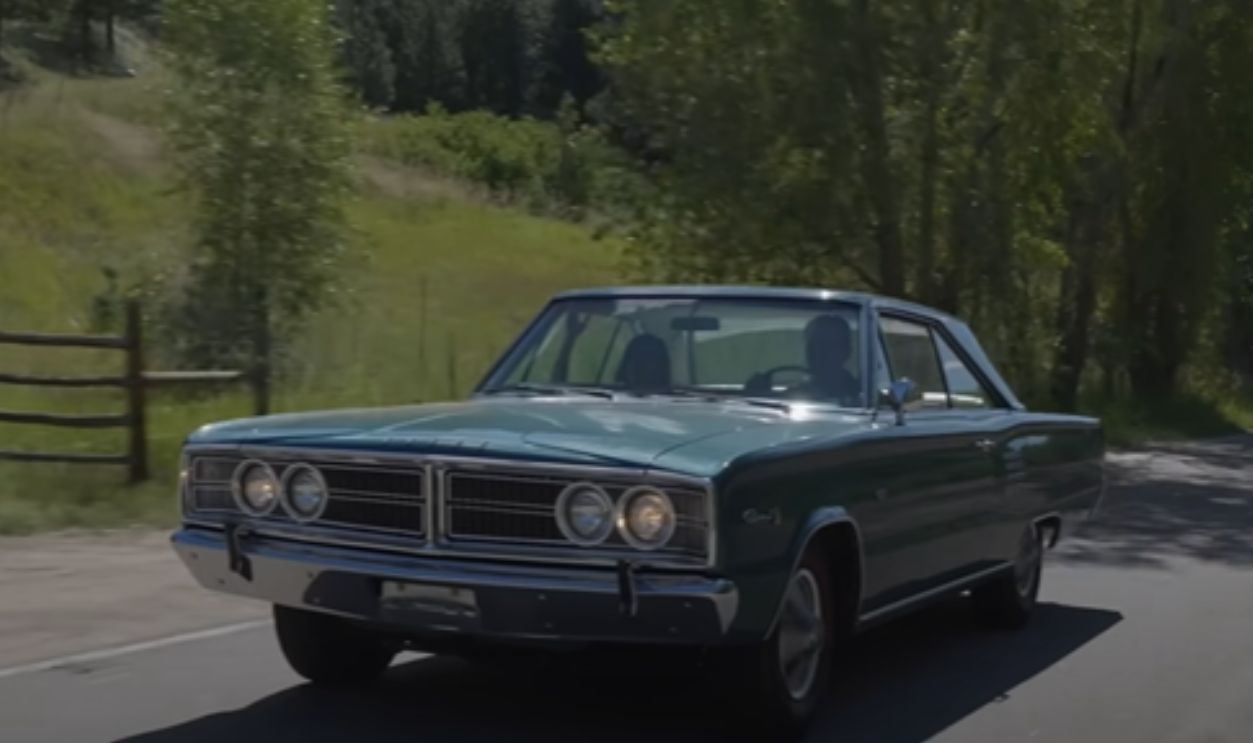 426 Hemi-powered 1966 Dodge Coronet 500 is a connection to another era | WHY I DRIVE #26, Hagerty
426 Hemi-powered 1966 Dodge Coronet 500 is a connection to another era | WHY I DRIVE #26, Hagerty
Dodge Coronet Street Hemi (Cont’d)
The Street Hemi’s arrival gave Dodge a competitive edge in both showroom sales and motorsport. While production numbers were low due to its high cost, the model cemented the Hemi’s reputation as one of the most feared engines of the muscle-car era.
 426 Hemi-powered 1966 Dodge Coronet 500 is a connection to another era | WHY I DRIVE #26, Hagerty
426 Hemi-powered 1966 Dodge Coronet 500 is a connection to another era | WHY I DRIVE #26, Hagerty
AMC AMX
Constructed between 1968 and 1970, the AMC AMX was a oddball participant in the muscle-car melee. As opposed to most competitors, it was a two-place performance coupe with a 390 cu in V8 engine putting out 315 horsepower. Having a wheelbase shorter than many pony cars, the AMX offered excellent handling characteristics as well as robust straight-line acceleration.
AMC AMX (Cont’d)
The AMX's combination of affordability and distinctive styling helped American Motors stand out from large Detroit auto makers. Though the production was not high, the model demonstrated that performance and attractive styling could meet in a market niche vehicle.
Chevrolet COPO Camaro
The 1969 Chevrolet COPO Camaro resulted from GM's Central Office Production Order system, where certain dealerships could circumvent corporate engine limitations. The COPO 9561 option placed a 427 cu in L72 V8 producing 425 hp in the Camaro chassis. Even more elusive was the COPO 9560, which employed an all-aluminum ZL1 version of the engine.
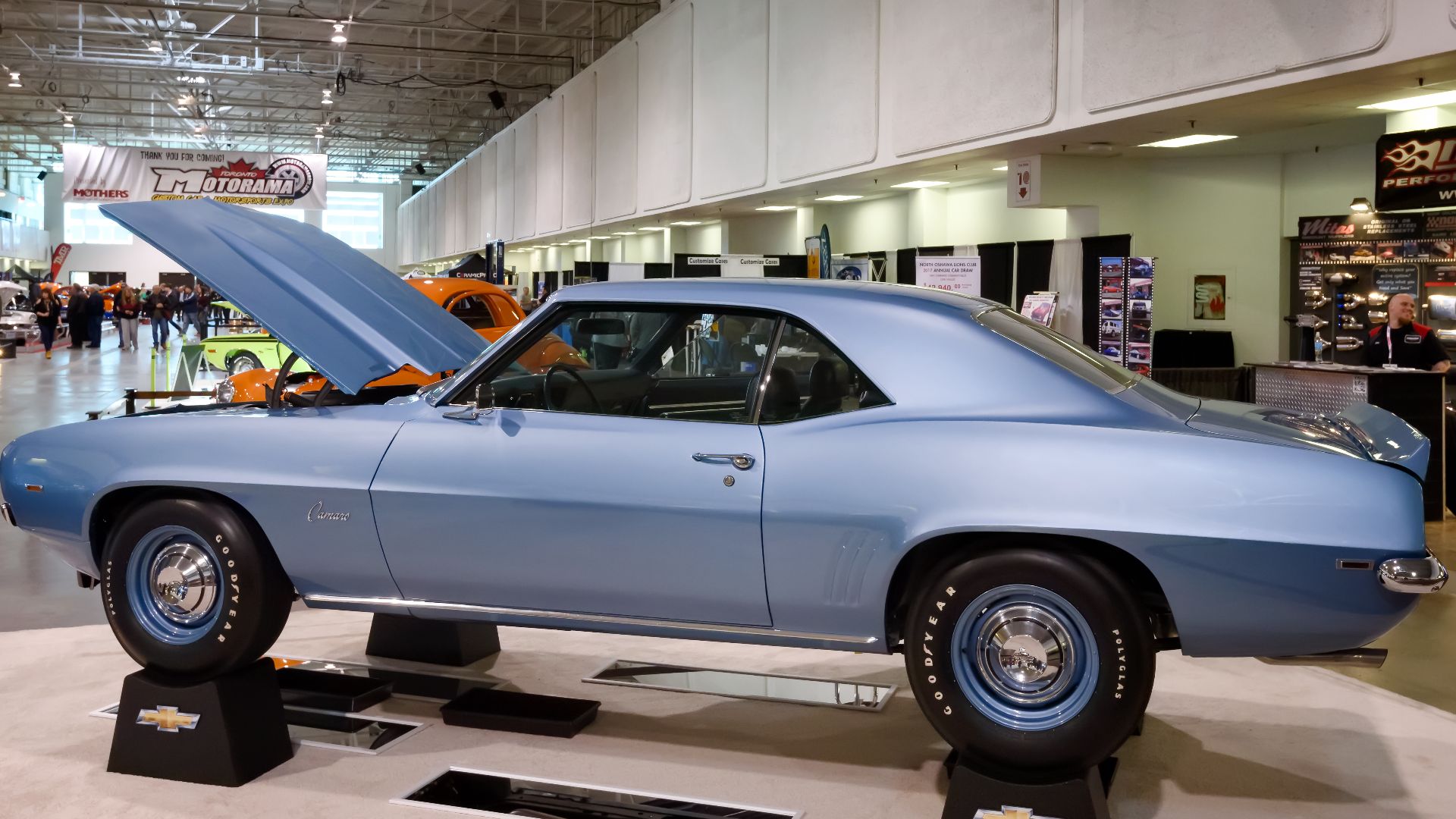 Joe deSousa, Wikimedia Commons
Joe deSousa, Wikimedia Commons
Chevrolet COPO Camaro (Cont’d)
These cars were built exclusively for drag racing and featured heavy-duty cooling, heavier drivetrain components, and limited luxury options. Low 13-second quarter-mile times—or even lower with tuning—the COPO Camaro was the stuff of factory-high-performance legends.
Ford Boss 429 Mustang
The Boss 429 Mustang came out in 1969 as a homologation special for racing in NASCAR. The car's powerplant was a 429 cu in semi-hemi V8 that could rev high for a long time. Officially rated at 375 horsepower, actual output was much greater. Due to the engine's size, each Mustang had to be modified substantially by Kar-Kraft to accommodate it under the hood.
Ford Boss 429 Mustang (Cont’d)
With only 859 units built in 1969, the Boss 429 remains one of the rarest high-performance Mustangs. It had understated-looking exterior trim but included cutting-edge engine technology, which made it a prize among collectors.
Dodge Charger Daytona
The 1969 Dodge Charger Daytona was designed especially to dominate NASCAR superspeedways. Its aerodynamic components included a pointed nose cone, flush rear window, and massive rear wing—elements that reduced drag and optimized stability at high speeds. It came with either the 440 cu in Magnum V8 or the 426 cu in Hemi.
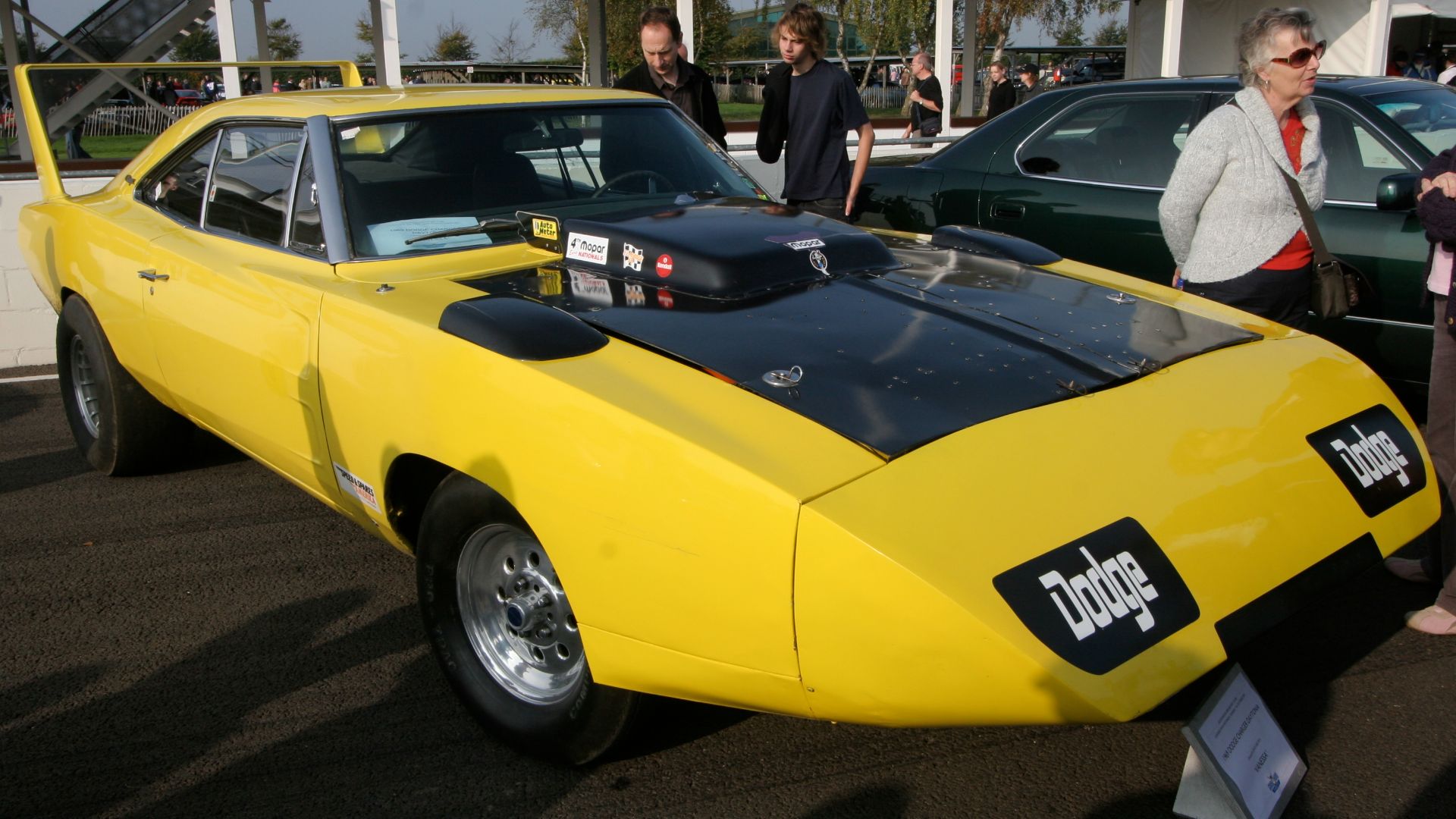 Brian Snelson, Wikimedia Commons
Brian Snelson, Wikimedia Commons
Dodge Charger Daytona (Cont’d)
On the track, the Daytona clocked more than 200 mph, the first NASCAR vehicle to ever achieve this speed. Its racing history and distinctive appearance have made it one of the most desirable and coveted muscle cars ever made.
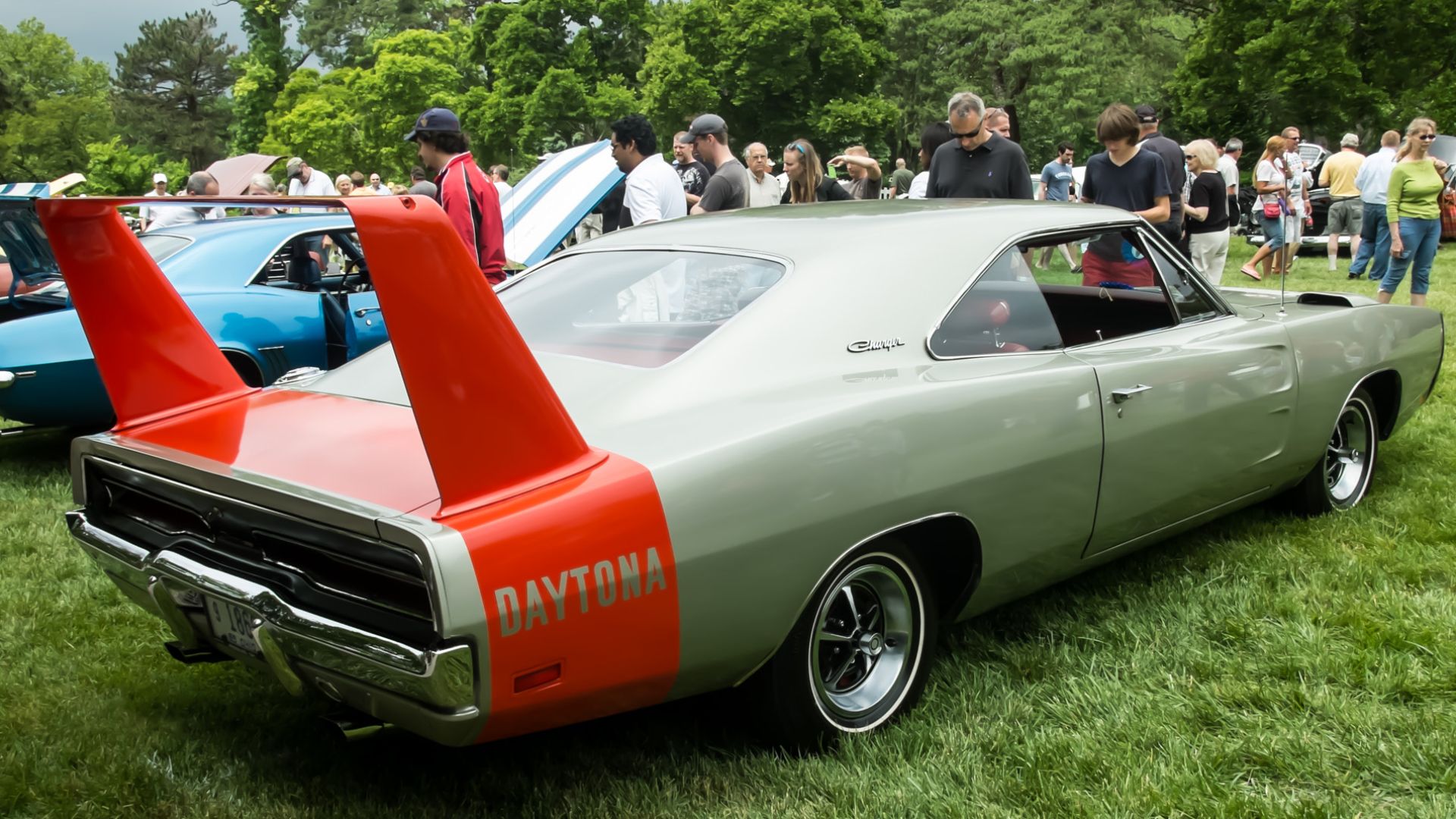 Doug Fawley, Wikimedia Commons
Doug Fawley, Wikimedia Commons
Chevrolet Chevelle SS454 (1970)
Technically from the start of the next decade, the 1970 Chevrolet Chevelle SS454 is generally considered the pinnacle of muscle-car development in the 1960s. The LS5 model made 360 hp, and the LS6 boasted a then-record 450 hp—the most powerful production car of its time. Only 4,475 LS6 Chevelles were made.
Chevrolet Chevelle SS454 (1970) (Cont’d)
The SS454 combined high-end straight-line speed with a midsize coupe's comfort and spaciousness. It was the height of the muscle-car horsepower war before emissions controls began to clamp down and insurance rates rose high enough to end the era's excesses in performance.
You May Also Like:
The Best Of The Worst Muscle Cars In History
These Muscle Cars Are So Rare, They Belong In Museums

